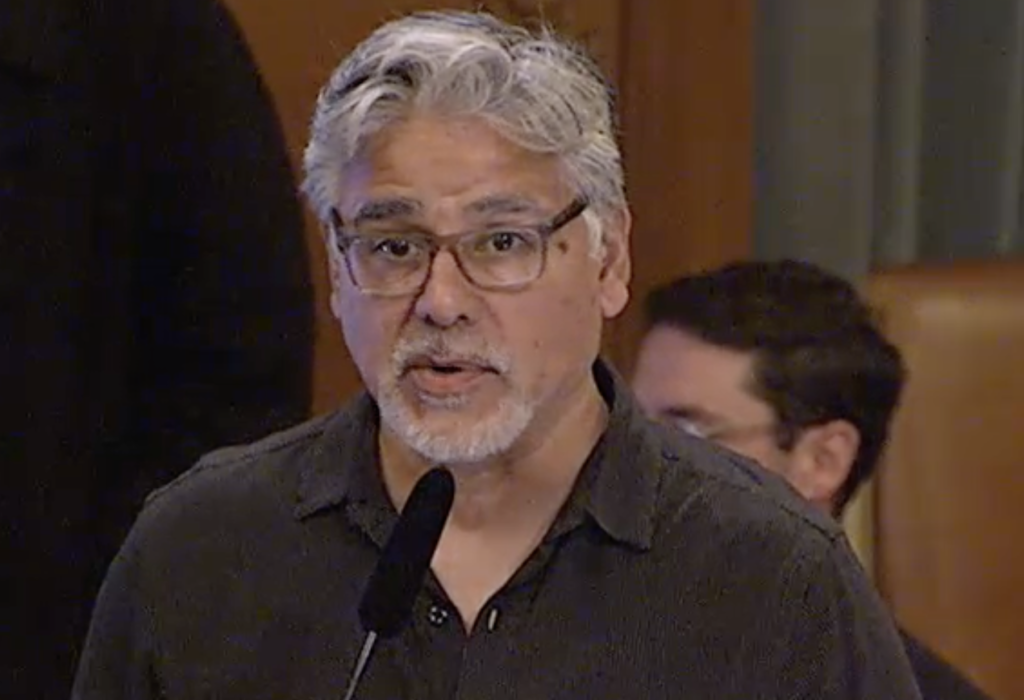The Board of Supes is shutting down for a summer recess, but not before passing two measures designed to reduce the cost of building housing that almost everyone agrees won’t lead to a lot more housing.
The discussion also raised questions about how the city finances affordable housing, and what new revenue sources might be available.
The measures, one by Sups. Aaron Peskin and Ahsha Safai, the other from the Mayor’s Office, would cut significantly the affordable housing requirement for market-rate units and reduce the fees the city charges developers to support, among other things, Muni service and parks.

The move is the result of a process that continually examines the “inclusionary housing” fees to determine how much developers can afford to pay without rendering their projects financially infeasible.
A Technical Advisory Committee, made up of both developers and affordable housing advocates, and a consultant hired by the city review prospective projects and discuss their feasibility.
The latest report, based on a study conducted by Century Urban, concluded that virtually no type of new market-rate housing is feasible in San Francisco right now.
In fact, the report says, reducing or even eliminating the inclusionary housing fees isn’t going to make much difference:
While removing the in-lieu fee paid on additional SDB units makes a small difference, as shown in the third row, the estimated residual land values are still negative. Even the hypothetical 100% market-rate project, with no inclusionary housing requirement, is projected to generate a positive residual land value in only one scenario, and this land value still falls well below the current market average land cost.
Sup Dean Preston called the move “a fairly significant shift in city policy,” and asked the Planning Department how many new rental units would likely be built with the fee reductions. Senior Planner Carly Grob couldn’t answer. About 11,000 units currently in the planning pipeline might be elgible for fee cuts, but the city doesn’t know how many would actually be built with the lower fees.
“There are a number of other factors influencing these projects,” Grob said.
Yes: The main reason so little housing is under construction has nothing to do with city “red tape” or fees. It’s the Federal Reserve’s interest rate hikes, which make financing much more expensive, and the cost of construction materials, since wildly inflated since the pandemic, and the reduction in the demand for ultra-luxury units, which are often bought just as investments and never occupied.
“When you read the analysis,” Preston said, “regardless of what you do with inclusive, the projection is you are not going to see new apartments … there is no onsite inclusionary rate that would make them feasible.”
The city has no projections for how much revenue San Francisco would lose from the fee cuts.
One impact that is likely: The fee cuts would increase the value of developable land, making it harder for the city to buy and bank that land for future affordable housing.
And yet, many supes said, the city needs to do whatever it can to unlock the tens of thousands of stalled units. “We can debate what the impact will be, but everyone agrees projects are stuck,” Sup. Ahsha Safai said. City planners said even if the impact is small, some projects might “approach feasibility” and be built sooner if other conditions improve.
Myrna Melgar said the fee cuts were the result of a robust public process. “When you say things don’t ‘pencil out,’ that’s at a moment in time,” she said. “The lack of housing is our number on issue. We need housing at all levels.”
Peskin said that the inclusionary housing fees were only a modest part of the city’s affordable housing financing. He and others mentioned that the city is looking at a $300 million affordable housing bond for the 2024 election, which almost everyone is going to support. It will, in the best possible estimation of state and federal match money, fund a few thousand units, a tiny fraction of the need.
John Avalos, a former supervisor and now the director of the Council of Community Housing Organizations, said he group supports the reductions, in concept—but urged the board not to pass the measures until the put in place an alternative form of housing funding to replace the lost revenue. Under the state goals, he said, for every market-rate unit the city needs to find ways to fund two affordable units.
Sup. Hillary Ronen spoke to the much larger issue here: The city has no plans whatsoever that might even come close to allowing the city to meet the state’s housing goals. “This entire RHNA housing goal exercise is a farce,” she said. “Thousands of units are used not for housing but for short-term rentals. So many have been bought by financial investors. Our system is broken.”
She pointed out the real politics here: “The people who say build, build, build blame the Board of Supervisors because of our inclusionary requirements. Let’s see what happens; my guess is not much.”
That, I think, is what happened here: The Yimby/Big Tech alliance, which has almost unlimited money, will attack the progressive supes next year, and maybe even try to get rid of district elections, by arguing that the board is blocking housing.
That may be the only argument Mayor London Breed can try to make for her re-election.
So progressives on the board are calling the Yimby bluff. Sure, cut the fees. Sure, cut the red tape. It’s not going to help; the economic issues around housing are much, much deeper, the return that investors are demanding to fund these projects are completely unreasonable, and none of this will do anything to help create the 42,000 new affordable units called for in the city’s own Housing Element.
The measure passed 10-1 with only Preston dissenting.




